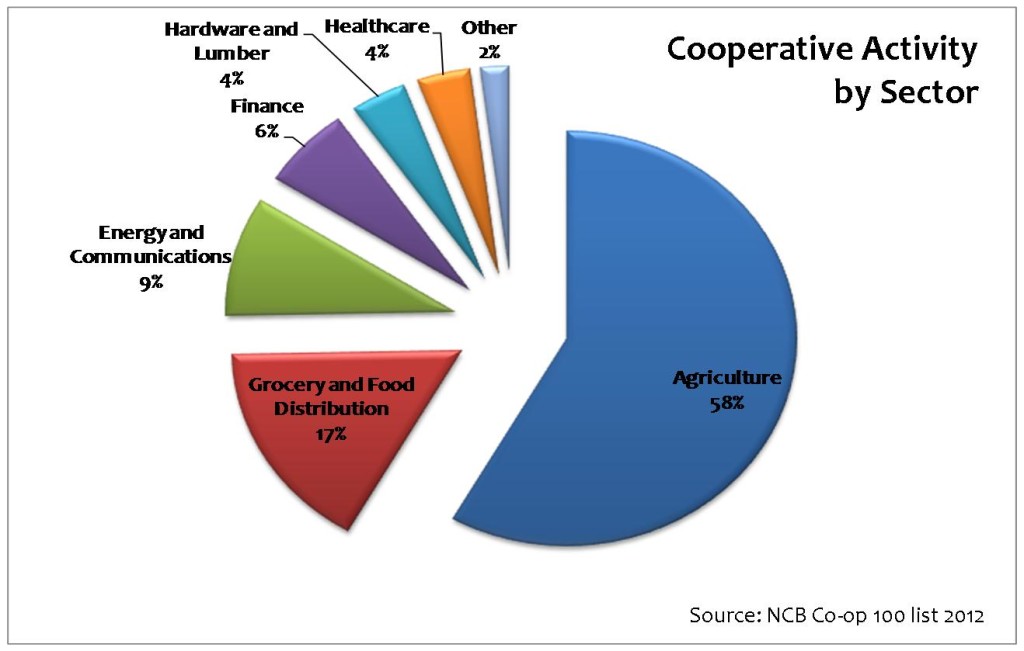Types of Cooperatives
The Cooperative Development Institute recognizes six basic types of cooperatives in the United States. They are:
1. Producer Cooperatives
Members are engaged in production in separate enterprises, such as farms, artist studios, or fishing boats. These cooperatives may provide supplies, marketing, processing, or insurance, among other services.
2. Worker Cooperatives
These businesses are owned by some or all of the workers. They are popular with small groups of attorneys, engineers, restaurants, day cares, and more.
3. Consumer Cooperatives
These are owned by the people who buy from the cooperative. These cooperatives can provide nearly anything people want – from groceries to electricity to healthcare. Consumer cooperatives can be very small – a food buying club in a rural village – or very large – a multi-million dollar supermarket in the city.
4. Credit Unions
Every person who deposits money into a credit union account is a member-owner. In the wake of the recent financial crisis, many people are turning to credit unions as an alternative to large, for-profit banks.
5. Retail or Purchasing Cooperatives
These businesses may also be called shared service cooperatives. This type includes businesses you may recognize, such as Best Western motels, Ace Hardware, and Carpet One.These independent businesses formed cooperatives to increase efficiency in purchasing supplies and/or providing services.
6. Social Cooperatives
This emerging type of cooperative has a social mission, such as improving working conditions for women or providing health care to a community.

